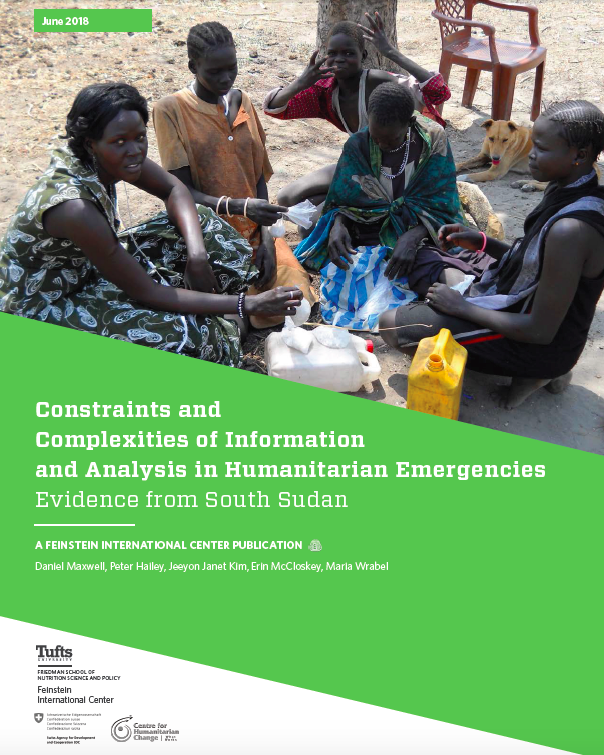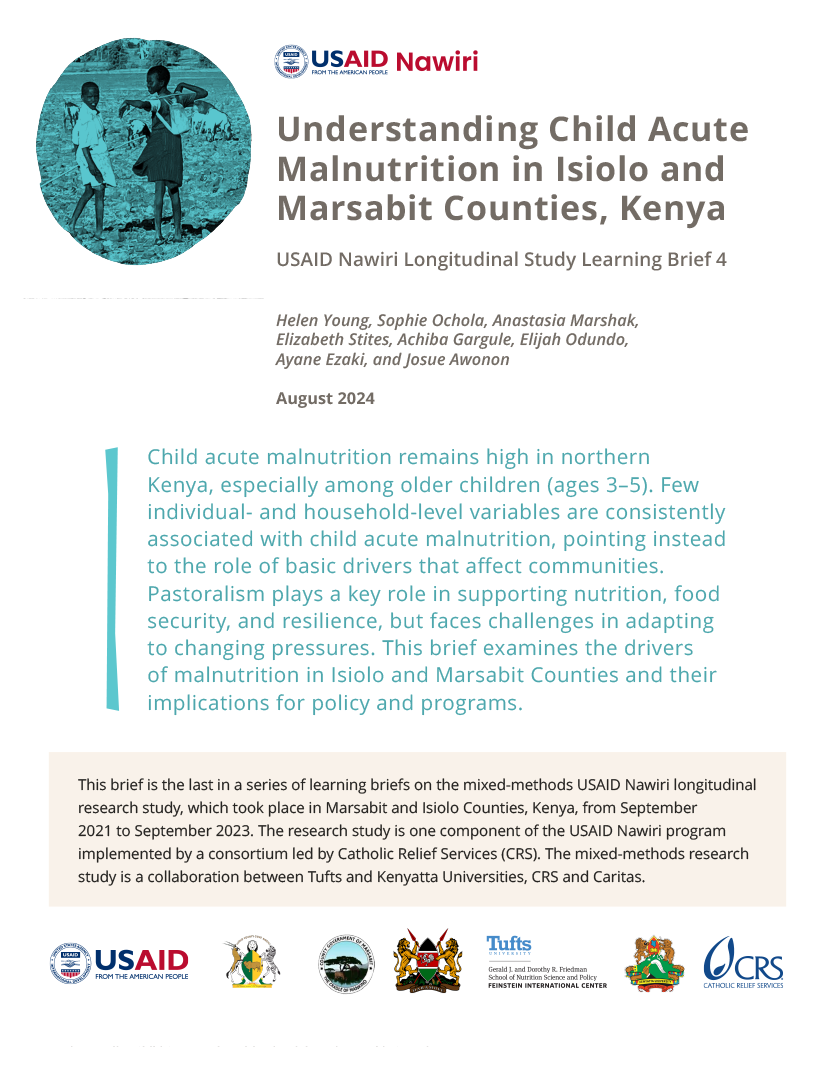South Sudan, in the midst of conflict since 2011, is facing one of the world’s most challenging humanitarian operations. Further, the vastness of the country, the dispersed population, and the limits on transportation and telecommunications services make it difficult to gather and analyze data. South Sudan uses the Integrated Phase Classification system(IPC) to identify famine and determine the severity of food security and nutrition crises. Throughout the crisis, the IPC system has shown innovation and ingenuity to address these challenges of information analysis and has managed to produce regular analysis across the country through the peak of the crisis. This learning has not always been easy, and many challenges remain.
Researchers from the Feinstein International Center and the Centre for Humanitarian Change in Nairobi jointly wrote this report on the politics of information and analysis in Kenya.
Read the full report here.
Read the briefing paper here.







